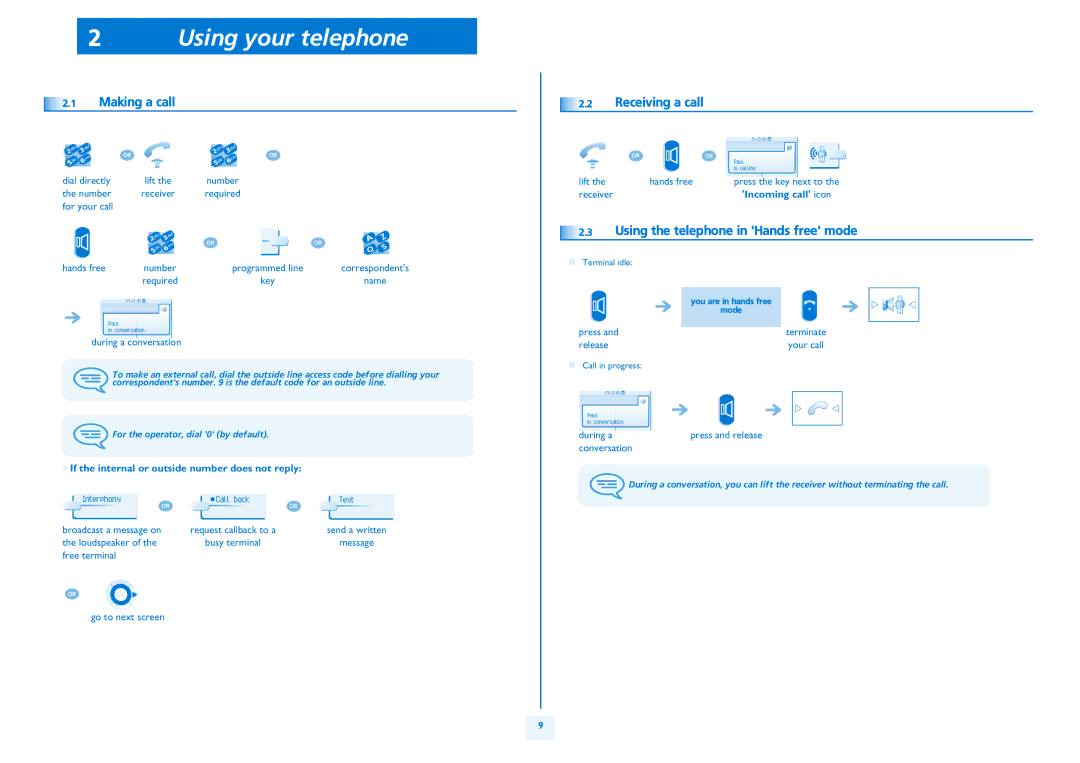4039, 4068 specifications
Alcatel Carrier Internetworking Solutions, particularly the models 4068 and 4039, represent cutting-edge developments in telecom networking technology. Designed to meet the demands of both medium and large-scale carriers, these solutions offer robust performance, high reliability, and a variety of features tailored for modern communication networks.The Alcatel 4068 is known for its exceptional capacity and efficiency, providing support for high-density traffic routing. It integrates advanced Quality of Service (QoS) capabilities, allowing network operators to prioritize different types of traffic, ensuring that critical communications maintain integrity and speed even during peak usage. The chassis is designed for scalability, meaning it can be expanded as the needs of the network grow, making it a future-proof choice for operators.
The Alcatel 4039, while smaller in scale compared to the 4068, is equally essential for focused deployments. It is particularly well-suited for regional carriers and enterprises that require a reliable internetworking solution. Key features of the 4039 include its support for a range of interfaces, including Ethernet and legacy TDM, making it versatile in applications that require different types of connectivity. The 4039 also offers excellent security features, ensuring that sensitive data remains protected across the network.
Both models leverage state-of-the-art technologies such as MPLS (Multiprotocol Label Switching) for efficient data transport and IP routing functionalities that maintain low latency for real-time applications. They include built-in network management tools that simplify monitoring and troubleshooting processes, enhancing operational efficiency. This ensures that network administrators can manage resources effectively while minimizing downtime.
Additionally, both the 4068 and the 4039 are designed to be energy-efficient, reflecting an industry-wide shift toward sustainable practices in technology. They contribute to reduced overall power consumption while maintaining high throughput levels, thus supporting greener telecom operations.
In summary, Alcatel Carrier Internetworking Solutions 4068 and 4039 embody sophisticated telecommunications technology that ensures seamless connectivity and optimal performance for carriers. Their blend of features, including scalability, robust security, integrated network management, and energy efficiency, makes them indispensable tools in modern telecom networking. As carriers move toward a more interconnected world, these solutions stand out as reliable choices to enhance their infrastructures.

